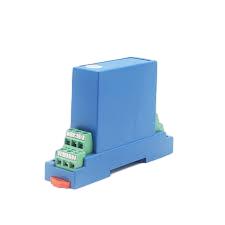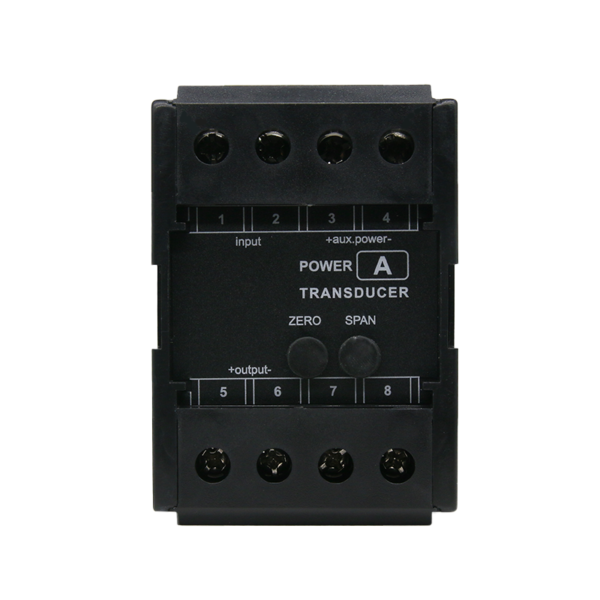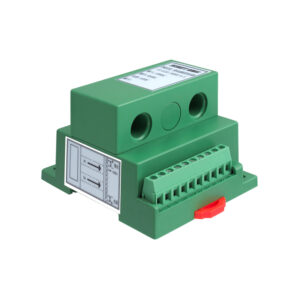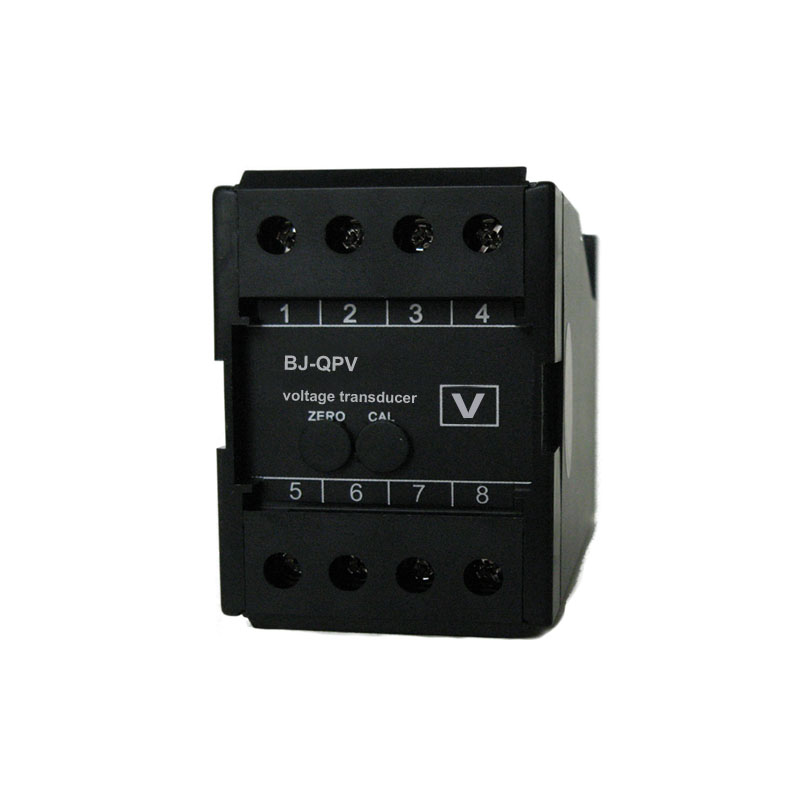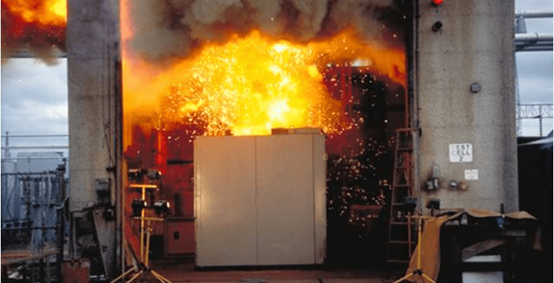The power transducer is a device that converts the measured power into a DC power output proportional to it. Its DC output is usually a standard signal of 0-5V, 1~5V, or 0-10mA, 4-20mA.
The measured parameters of the power transducer include AC current, AC voltage, active power, reactive power, active energy, reactive energy, frequency, phase, power factor, DC voltage, DC current, etc. Power transmitters are widely used in electrical measurement, automatic control, and dispatching systems in electric power, petroleum, coal, metallurgy, railway, municipal government, and other departments. The current value of the analog signal output by the international standard of the new transmitter is 4 ~ 20mA. The two-wire loop is widely used in the process of sending data and controlling some actuators that are easy to accept instructions according to this standard. Internationally, it has become the only standard for current telemetry technology in analog signals. In the current telemetry circuit using two wires, the working power of the power transducer and the reading device, including the working power of the sensor and any other resistance of the sending wire, are connected in series in the loop.
AC current/voltage transducer
Transform the measured AC current or AC voltage into a DC current or DC voltage that is linearly proportional to it.
The measured signal is coupled by a transformer, sent to a rectification filter circuit, converted into a unidirectional pulsating voltage, and outputs a very stable DC voltage through an active filter. The compensation circuit is used to compensate for the non-linear influence of the magnetization curve of the iron core of the ear sensor and improve the temperature characteristics of the whole machine when the signal is small.
DC voltage transducer
Transform DC currents and voltages of various magnitudes into standard DC currents or DC voltages.
The measured DC voltage is input to the self-excited oscillation modulation amplifier through a voltage divider to obtain a DC voltage or current output.
DC current transducer
The measured DC current is amplified by a DC millivolt amplifier, and then output to a DC voltage transducer.
Frequency transducer
Convert the deviation between the measured signal frequency and the selected center frequency into a DC output current or voltage that is linearly proportional to it.
The measured signal is coupled by the transformer, and then input to the shaping frequency multiplier circuit to convert it into a rectangular wave. The signal is added to the frequency discrimination circuit together with the standard signal generated by the crystal oscillator, and then filtered and amplified to obtain a signal at the output end. The measured signal frequency and the selected center frequency deviation are linearly proportional to the stable DC current or voltage.
Phase Angle Transducer
Convert the phase angle between two different frequencies and similar waveform signals into a DC output current or voltage that is linearly proportional to it.
The principle of phase discrimination is adopted.
There are single-phase and three-phase. It can also measure the phase angle between two voltages with the same frequency, which can be used for synchronous monitoring of line grid connection.
Active power/reactive power transducer
Convert the active power or reactive power of the signal under test into a DC output current or voltage that is linearly proportional to it.
The instantaneous value of the input voltage and the corresponding instantaneous value of the input current is continuously multiplied by the multiplier, and the obtained instantaneous product is used for the active filter for integral operation and linear amplification, and the output is a DC current that is linearly proportional to the measured power or voltage.
There are single-phase and three-phase. It can be realized by various principles, such as Hall element, integrated analog multiplier, magnetic saturation oscillator, etc.

